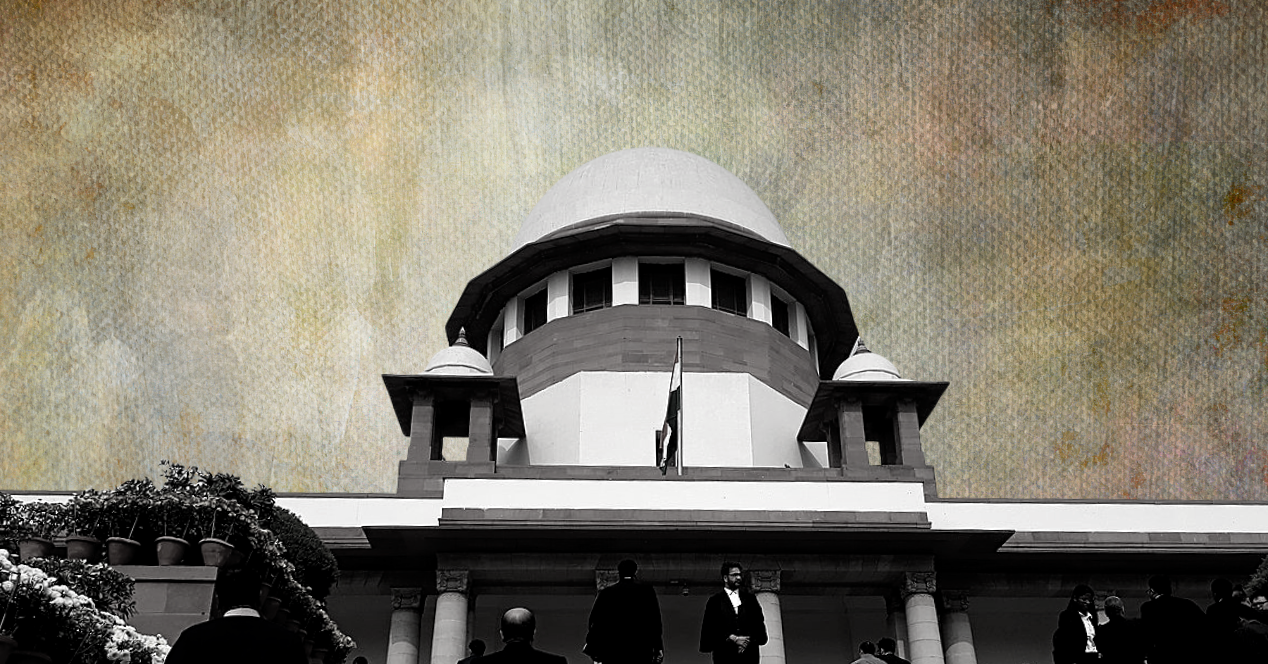Analysis
Equality among equals: five must-reads on the necessity of affirmative action
In the wake of the passing of the Women’s Reservation Bill, we curate some thought-provoking reads on the true intent of affirmative action

Last month, a multi-decadal movement demanding reservation of seats for women in the Lok Sabha and state legislative assemblies concluded with the passage of the 128th Constitutional Amendment Bill.
The Supreme Court had earlier pressed the Union to put forward a stance on women’s reservation. For several decades now, interpreting and untangling reservations has been a means for the Court to shape a dynamic equality jurisprudence. In this endeavour, it has had to contend with several politically thorny issues about representation and historical injustices.
Last year, while upholding EWS reservations in what became a contentious holding, one judge commented that reservations on the basis of caste could not go on forever. Earlier this year, the Court refused to hear a miscellaneous application demanding horizontal reservations for the trans community. Currently, the Court is meant to adjudicate on two critical reservation matters: the extension of SC/ST reservations in Lok Sabha and state assemblies beyond the originally fixed term; and the lack of implementation of SC/ST/OBC reservations in public employment and education.
Affirmative action recognises equity over equality, acknowledging systems of privilege that have allowed the oppression of some social groups at the cost of others. As a social uprising, the demand for reservations in India has encountered severe opposition, given the sphere of influence of socially, economically and politically dominant elite groups. In the academic ecosystem, this tug-of-war has translated into a discussion on the idea of ‘merit’, on the one hand, and equity and upliftment, on the other.
Over the years, there has been some rigorous critical and analytical work on the demand and need for affirmative action. Here, we curate some rich writing from India and beyond.
1) Why reservation is necessary
In Seminar, Sukhadeo Thorat highlights that while affirmative action policies across developing nations revolved around both public and private sectors, the conversation in India has centred on public employment. Thorat identifies the root cause of this limited discourse as the concerns around the “economic cost” of reservations. He argues that the consequences of reservations are more social and political than economic. In fact, Thorat suggests, reservations are good for economic development since they are a means to bridge income inequality and mitigate the possibility of inter-group conflict arising from denial of equal opportunity.
2) Reservations, equality and the Constitution – I: Origins
Gautam Bhatia, in the first post of a ten-part blog series, explores the evolution of affirmative action jurisprudence in India with the backdrop of the constitutional vision. He states that Articles 15 and 16 of the Constitution were designed to remedy the historical oppression of particular groups such as women and Dalit communities. Two schools of equality philosophy are followed worldwide: the colour blind theory, based on the perception that identity-based distinctions are ultimately “irrelevant”, and group subordination theory, which views discrimination against individuals as being rooted in their group identity. Referring to the Constituent Assembly Debates on reservations, Bhatia argues that Indian affirmative action was based on the former.
3) From the Constituent Assembly to the Indira Sawhney case, tracing the debate on economic reservations
Writing in 2019, in the wake of a constitutional amendment introducing reservations for Economically Weaker Sections (EWS), Malavika Prasad traces the affirmative action conversation in the Constituent Assembly. She captures heated speculations between those who forwarded the initial proposals for caste-based reservations for Dalit communities, and upper-caste members who argued instead for a reservation policy centred on economic disadvantage. Prasad narrates how the House ultimately decided basing reservations on the social disadvantages of caste.
4) The blindness of ‘Color-Blindness’
In an essay for The Atlantic in December 2022, Drew Gilpin Faust recounts attending the US Supreme Court hearings in the challenge to race-based affirmative action in Harvard University. Faust also traces the history of affirmative action politics in the US, and how American courts have gradually re-calibrated the answer to why reservations are necessary.
Earlier, affirmative action was understood as a form of historical reparation, but then it became about improving learning outcomes on the back of more diverse academic populations. Noting that the US Supreme Court now has “the strongest conservative majority in decades,” Faust documents how the judges have been adopting a colour-blind approach even as American society remains far from fulfilling its reparative obligations. Earlier this year, the SCOTUS in its final verdict struck down race-conscious student admissions in Harvard.
5) The changing meaning of affirmative action
Reviewing the work of Melvin Urosfky, an American historian who traced affirmative action’s political and judicial history in the US, Louis Menand of The New Yorker undertakes his own journey to untangle affirmative action’s purport. To annihilate racial discrimination, Menand suggests, it is necessary to have positive discrimination on the basis of race. Affirmative action is “affirmative” because it demands institutions to do something more than merely not discriminate; it asks for active inclusion. Citing Urofsky’s research, Menand notes that affirmative action has led to a substantial increase in the representation of minority communities—including Black and Latinx—in American universities.
Resources:
- Ajantha Subramaniam, Caste of Merit: Engineering Education in India, March 12, 2019
- Brian Turnbull, Women who only serve chai: Gender reservations and autonomy in India, University of Kansas, 2018
- Anand Teltumbde, Dalits: Past, Present and Future, 2020
- Kancha Ilaiah, Merit of Reservations, EPW Volume 41, Number 24 (2006).
- Nivedita Menon, Elusive ‘Woman’: Feminism and Women’s Reservation Bill, EPW Volume 35, Number 43/44 (2000).




